A Well Thought Out Scream by James Riordan : A Look at Alternative Energy
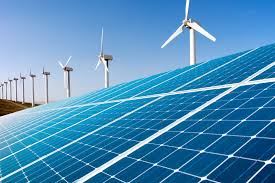
For a while there it really seemed like alternative energy was going to save us all. Some experiments produced phenominal results, the politicians were slowly coming around and a couple of massive oil spills had Big Oil reeling in the court of public opinion. But here we are on the verge of 2016 and it seems America, like everyone else is back at the Middle Eastern teat begging for our share of the oil dribbles. So what happened?
Well, in a nutshell, alternative energy i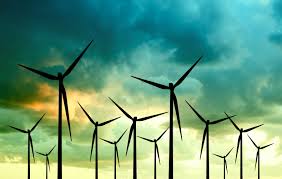 s not as easy as we had hoped. Part of the problem is where we locate the devices that make alternate energy possible. Take windmills, for example. What the heck is wrong with the windmills? We see them just about everywhere these days. Huge fields of them — some spinning rapidly, some slowly turning but often the majority are not move at all. Often, we hear about the wind machines being a threat to wildlife and the environment in the area they are located. Then, to make matters worse, they seem to malfunction rather easily.
s not as easy as we had hoped. Part of the problem is where we locate the devices that make alternate energy possible. Take windmills, for example. What the heck is wrong with the windmills? We see them just about everywhere these days. Huge fields of them — some spinning rapidly, some slowly turning but often the majority are not move at all. Often, we hear about the wind machines being a threat to wildlife and the environment in the area they are located. Then, to make matters worse, they seem to malfunction rather easily.
Most of these problems are because this is a new technology. These aren’t the gigantic European windmills of old — the kind the villagers burned when Frankenstein’s monster tried to hide in them. These are relatively sensitive wind machines that require precise calibration and maintenance.
Renewable energy requires a different approach than energy development of the past. We must work with government agencies, land managers, the clean energy industry, recreationists and other conservationists to help us develop of forward thinking policies and practices. When we work to guide renewable energy development to the most appropriate places, we can avoid damaging sensitive wildlands and wildlife habitat.
Wind energy development on our public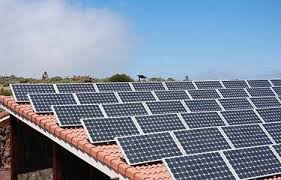 lands continues to grow at a rapid pace with projects being approved by the Bureau of Land Management in Arizona, California, Idaho, Nevada, Oregon, Utah and Wyoming. Large scale wind projects can have serious impacts on the land, however, so it is important they be built in the right places and the right ways.
lands continues to grow at a rapid pace with projects being approved by the Bureau of Land Management in Arizona, California, Idaho, Nevada, Oregon, Utah and Wyoming. Large scale wind projects can have serious impacts on the land, however, so it is important they be built in the right places and the right ways.
What about solar energy? Well, everyone seems to agree that it works well when the right equipment is installed in the right places. The problem is that the equipment can be very expensive and no matter how good it is, a rough patch of weather can greatly hinder the process.
The sunny lands of the southwest would seem to be the perfect place for capturi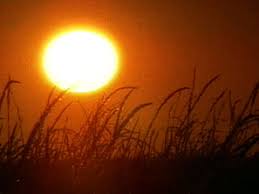 ng the energy of the sun. But solar energy development could hurt the beautiful cactus-studded deserts that southwest endangered wildlife depends on. Projects have to be directed to low-conflict solar energy zones.
ng the energy of the sun. But solar energy development could hurt the beautiful cactus-studded deserts that southwest endangered wildlife depends on. Projects have to be directed to low-conflict solar energy zones.
To get renewable energy to cities we’ll need new responsibly-sited transmission lines. The challenge is building only what is needed and siting transmission lines in low-conflict areas so that good projects are approved quickly. The cheapest, greenest power plant is the one you don’t have to build. By supporting innovative ways to reduce energy demand we will shrink our energy footprint and the amount of development needed on public lands.
Another great location for harvesting solar energy is rooftop installations. Steering projects away from sensitive lands and finding solutions for smart renewable energy development can help protect cultural and environmental resources and wild places. Rooftop solar development can help reduce the demand for development on public lands.
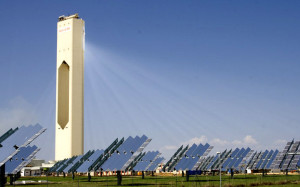 Recycling land is also important. Lands already disturbed by human use—like brownfields—can make some of the best sites for renewable energy development. These degraded lands have low ecological value and are usually wired for electrical transmission. With nearly half a million sites inventoried, they are unlikely to be cleaned up without some incentive. Renewable energy developers and utilities should be encouraged to choose these sites for their projects. See more at: http://wilderness.org/article/finding-smart-places#sthash.zVlXxBCu.dpuf
Recycling land is also important. Lands already disturbed by human use—like brownfields—can make some of the best sites for renewable energy development. These degraded lands have low ecological value and are usually wired for electrical transmission. With nearly half a million sites inventoried, they are unlikely to be cleaned up without some incentive. Renewable energy developers and utilities should be encouraged to choose these sites for their projects. See more at: http://wilderness.org/article/finding-smart-places#sthash.zVlXxBCu.dpuf


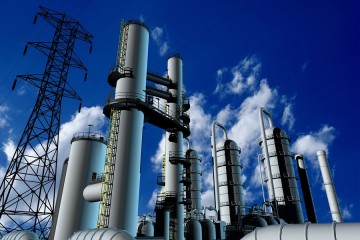
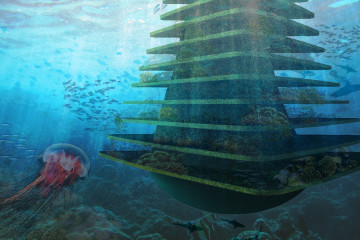
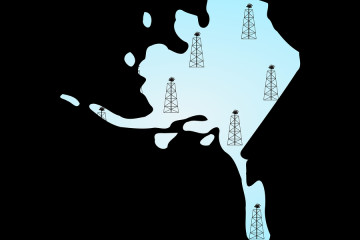


No Comment